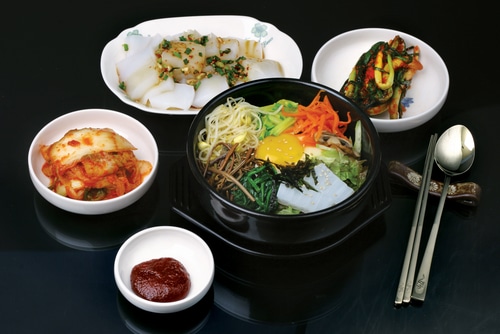Food Trend — Stop Saying ‘Ethnic’

Join Mark DiDomenico for “Trends and Predictions in Foodservice 2016 – Supermarket and Convenience Stores” at Supermarket Sense 2016, Sept. 21-22 in Conyers, Georgia.”
In recent years, I’ve talked a lot about the importance of ethnic foods for restaurants and food retailers. In fact, our food industry research firm, Datassential, considers ethnic food trends to be a point of origin for the kinds of innovations that make their way to mainstream food service years later.
But what we’re seeing now is that the term “ethnic” no longer works as an adjective to describe foods. Especially in the United States, our cuisine reflects the diversity of our culture. “Ethnic” food groupings — Korean, Italian, Mexican and more — are overlapping to such a degree that you can’t identify just one point of origin for the dishes. Korean tacos are the best-known example of this fusion. But look on any menu, from fine French dining establishments to food trucks, and you’ll see examples of this cultural mashup.
At the upcoming Supermarket Sense event, happening just outside Atlanta on Sept. 21-22, I’ll explore the evolution of “ethnic” in more detail, but here are a few advance tips for how food retailers can capitalize on this trend, especially regarding prepared foods:
- Be brave about cross-flavors. Encourage your chefs to be inventive and mix spices in surprising ways. Promote this ingenuity to shoppers—especially through tastings and chef demonstrations.
- Focus on the food type, rather than the ethnicity. Meatballs aren’t inherently Italian. Tacos aren’t Mexican. Rice bowls aren’t Asian. You get the idea.
- Promote “global” cuisine. This lets you move away from strict ethnic categories while retaining the international appeal of diverse food offerings.
We’ll talk more about at Supermarket Sense about how you can boost your food retail business by rethinking “ethnic.” I’ll see you there.